In a world that constantly demands our attention , from buzzing notifications to busy schedules ,having a calm,
peaceful home environment has become more than just a luxury; it’s essential for mental wellness and balance.
Your home should be your safe space a place that feels warm, grounding, and supportive of your well-being.
Whether you live in a small apartment or a spacious house, you can transform your surroundings into a sanctuary that nurtures both your mind and body.
Creating a calming space isn’t about expensive décor or minimalist perfection , it’s about thoughtful choices that invite peace, simplicity, and intention into your environment. In this post, we’ll explore how to create a calm, restorative space that reflects who you are, feels cozy yet uncluttered, and supports your emotional balance every day.
What Makes a Room Feel Calm?
A calm space is one that soothes your senses and reduces stress instead of stimulating it.
It’s not just about what you see, but also what you feel, smell, and hear.
The goal is to design a space that encourages relaxation and presence a place where your nervous system can rest and reset.
Calm rooms share a few common traits: they have soft, balanced lighting; muted or earthy color palettes;
natural elements like plants and wood; and an overall sense of harmony between functionality and aesthetics. Every detail from the scent in the air to the texture of your cushions ,plays a role in creating that peaceful flow.
So, where do you begin? Let’s break it down step-by-step.
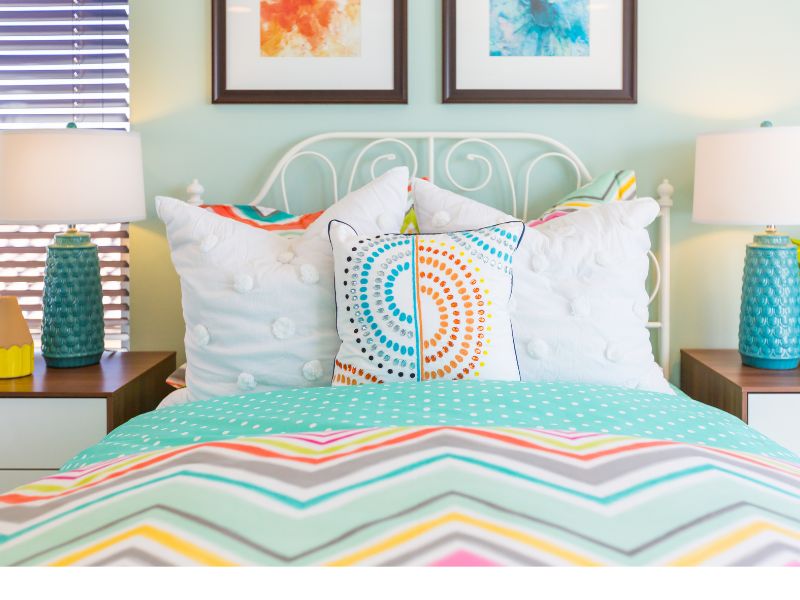
Start with Decluttering and Organization
Before adding anything new, begin by removing what doesn’t serve you. Clutter creates visual noise and mental stress.
It’s hard to feel calm when every surface is filled with distractions. Take time to sort through your space and let go of items that no longer bring joy, function, or meaning.
Ask yourself: Do I really need this? Does it make me feel good to see it every day? If the answer is no, donate, sell, or recycle it.
Once your space feels lighter, organize what’s left in a way that’s easy to maintain.
Use baskets, trays, or storage boxes to keep smaller items tidy. Label drawers if you need to. When everything has a designated place, your space naturally feels more open and grounded.
Remember, minimalism doesn’t mean empty it means intentional. You’re creating room for peace to flow.


Choose a Soothing Color Palette
Colors have a psychological impact on mood. The right shades can make a space feel serene and inviting, while harsh or overly bright tones can cause restlessness. To create a calming space, opt for soft neutrals, muted pastels, or nature-inspired tones like sage green, sand, warm beige, or gentle blues.
These colors mimic natural elements sky, water, and earth and subconsciously signal calm to your mind.
If you prefer a bit more personality, add depth through textures rather than loud colors: a woven rug, linen curtains, or soft throw pillows can add warmth without overwhelming your senses.
Even one calm corner in your home painted in a soft tone can shift the entire atmosphere.


Bring Nature Indoor
There’s something undeniably grounding about nature. It reminds us to slow down and breathe.
Incorporating natural elements into your home can help reduce stress and create an organic sense of peace.
Add indoor plants even a few small ones can make a difference. Snake plants, peace lilies, or pothos are great low-maintenance options. If real plants aren’t your thing, dried flowers or natural wood accents also bring in earthy textures.
You can also use natural materials in your décor bamboo baskets, linen fabrics, rattan furniture, or stone vases. These subtle touches bring an organic rhythm to your home, creating a connection between the indoors and outdoors.
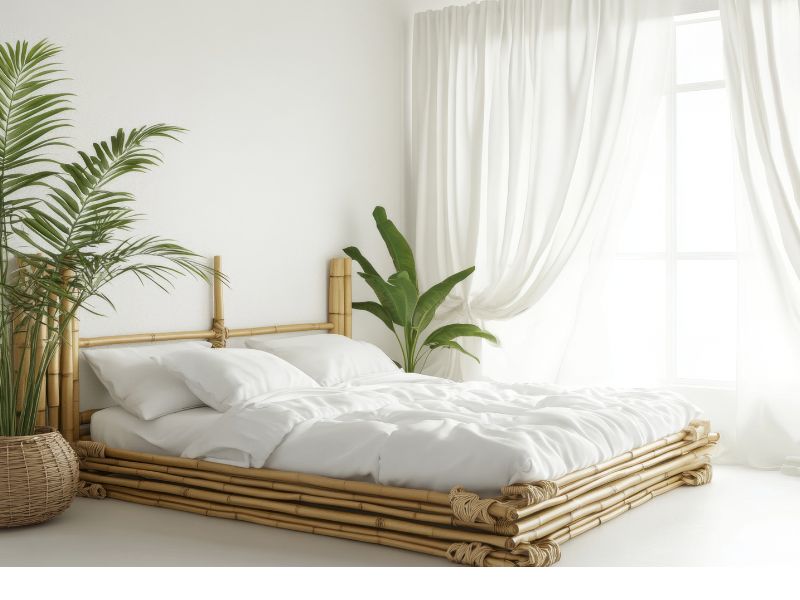
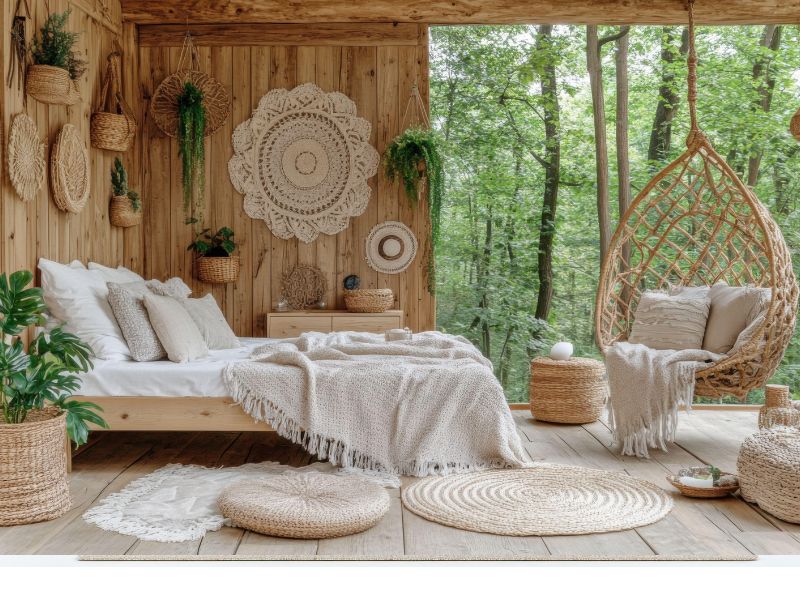
Prioritize Soft Lighting
Harsh overhead lights can create tension and make a room feel sterile. The key to a calming atmosphere is gentle, layered lighting. Use warm-toned bulbs instead of cool white ones — they create a cozy, welcoming glow.
Combine lighting sources: a mix of floor lamps, table lamps, and candles creates flexibility and softness. In the evening, dim the lights to encourage relaxation and signal your body that it’s time to wind down.
If you can, make the most of natural light during the day. Open your curtains wide and let sunlight fill your space. Natural light boosts your mood and helps regulate your body’s natural rhythm.

Add Comfort Through Textures
When your space feels good, it helps you relax instantly. Soft, comforting textures can make even the simplest room feel warm and inviting. Think plush rugs underfoot, cozy blankets draped over chairs, or cotton and linen bedding that breathes.
Mix materials that please your senses a blend of soft fabrics, smooth surfaces, and natural fibers gives your space depth without clutter. The goal is to make every touchpoint comforting.
Even swapping synthetic fabrics for natural ones like cotton or linen can make your environment more breathable and soothing.

Incorporate Calming Scents
Our sense of smell is deeply connected to emotion and memory. A subtle, pleasant scent can instantly shift your mood and help your brain associate your home with calm and comfort.
Use essential oil diffusers, scented candles, or incense ,choose aromas known for their relaxing properties like lavender, chamomile, sandalwood, or eucalyptus.
If you prefer a natural approach, fresh flowers or herbs like mint or rosemary can also add a light, refreshing scent to your space.
The key is subtlety. You don’t want to overwhelm your senses, just lightly enhance the atmosphere.
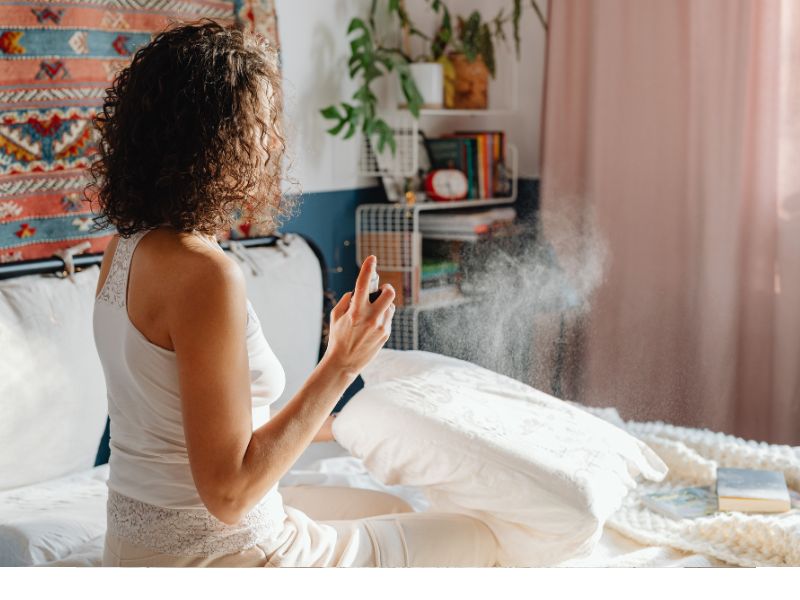
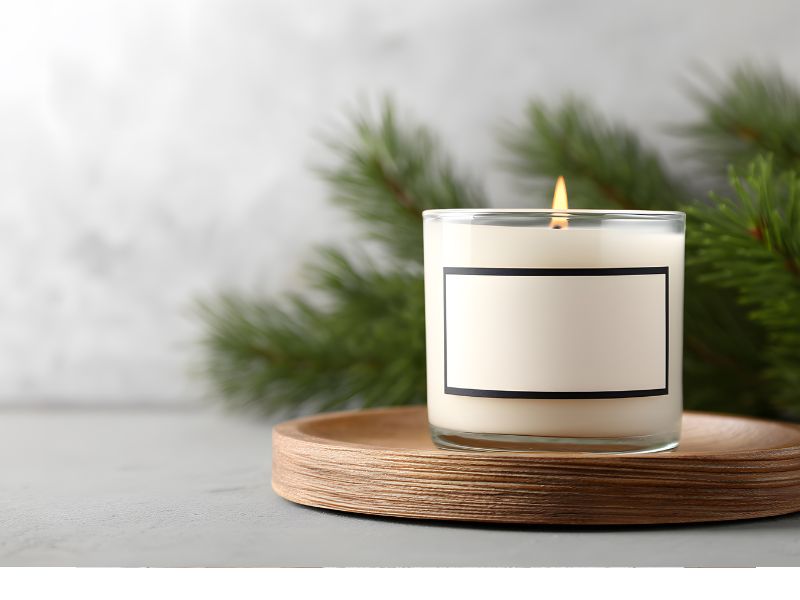
Create a Dedicated Relaxation Zone
Even if your home is small, you can still create a specific area that feels sacred — your personal retreat corner. It could be a cozy chair by a window, a reading nook, or even a simple cushion setup for meditation or journaling.
Keep this space free from work clutter or electronic distractions. Make it a tech-free zone where you can recharge — read, meditate, or simply sit in silence.
Add a few items that bring you peace: a soft throw blanket, a candle, or a favorite book. Over time, your mind will associate this corner with calm and restoration.

Keep It Personal and Meaningful
A calming space should reflect who you are. Surround yourself with things that inspire you — but do it intentionally.
Display a few meaningful items like a framed photo, travel souvenir, or inspirational quote, but avoid overcrowding.
The goal is to strike a balance between personal and peaceful. Choose décor that tells your story without overwhelming the eye.
Remember, true calm doesn’t come from how a space looks alone ,it comes from how it makes you feel. When your home reflects your authentic self, it naturally becomes more peace
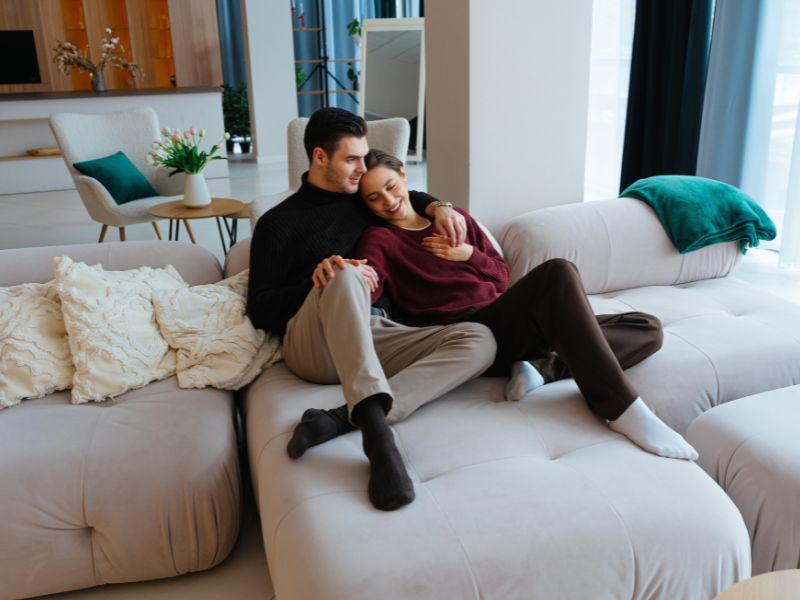
Manage Sound for Serenity
Sound plays a big role in how we experience a space. Too much noise creates tension, while the right sound environment can soothe and restore.
Use soft background sounds like instrumental music, nature playlists, or even the gentle hum of a diffuser. If outside noise is an issue, add soft furnishings like curtains, rugs, and cushions — they absorb sound and make your room feel quieter.
For ultimate peace, create moments of silence each day. It allows your mind to reset and breathe, giving your home the stillness it deserves.
Maintain the Energy Flow
Sometimes, calmness isn’t about what you add , it’s about how energy flows through your space. In simple terms, this means arranging furniture and décor in a way that feels open, balanced, and natural.
Avoid blocking walkways or crowding areas. Let your space “breathe.” If you follow the concept of Feng Shui or mindful placement, aim for symmetry, flow, and openness.
When energy moves freely through your space, it affects your own sense of flow and calm. You’ll feel lighter and more balanced without even realizing why.
Practice Mindful Living Within the Space
Creating a calming home isn’t just about design , it’s also about how you live in it. When you move, clean, or rest mindfully, your energy aligns with your surroundings.
Try simple rituals like lighting a candle at the end of your workday to signal rest time, or starting your morning with gentle music and gratitude.
Don’t rush through your environment, let it serve you as a reminder to slow down. When your space and your mindset work together, peace becomes part of your daily rhythm.
Keep It Fresh and Evolving
A calming space should grow with you. As your lifestyle changes, allow your environment to shift too. Rotate décor pieces, refresh your scent blends, or rearrange your furniture every few months.
Stagnant energy can make a space feel dull, but small changes keep it inspiring and alive. Your home should evolve just as you do , always reflecting your current stage, values, and sense of balance.
Creating a calming space at home is one of the most nurturing gifts you can give yourself. It’s not about perfection , it’s about intention. When your home feels peaceful, it becomes easier to be present, productive, and emotionally balanced.
Start small: declutter one room, add a plant, light a candle, or paint your walls in softer hues. Over time, these small changes create an environment that feels truly healing.
Your space should remind you that it’s okay to slow down ,that peace isn’t something you find outside of yourself, but something you create, one intentional choice at a time.
Leave a Reply